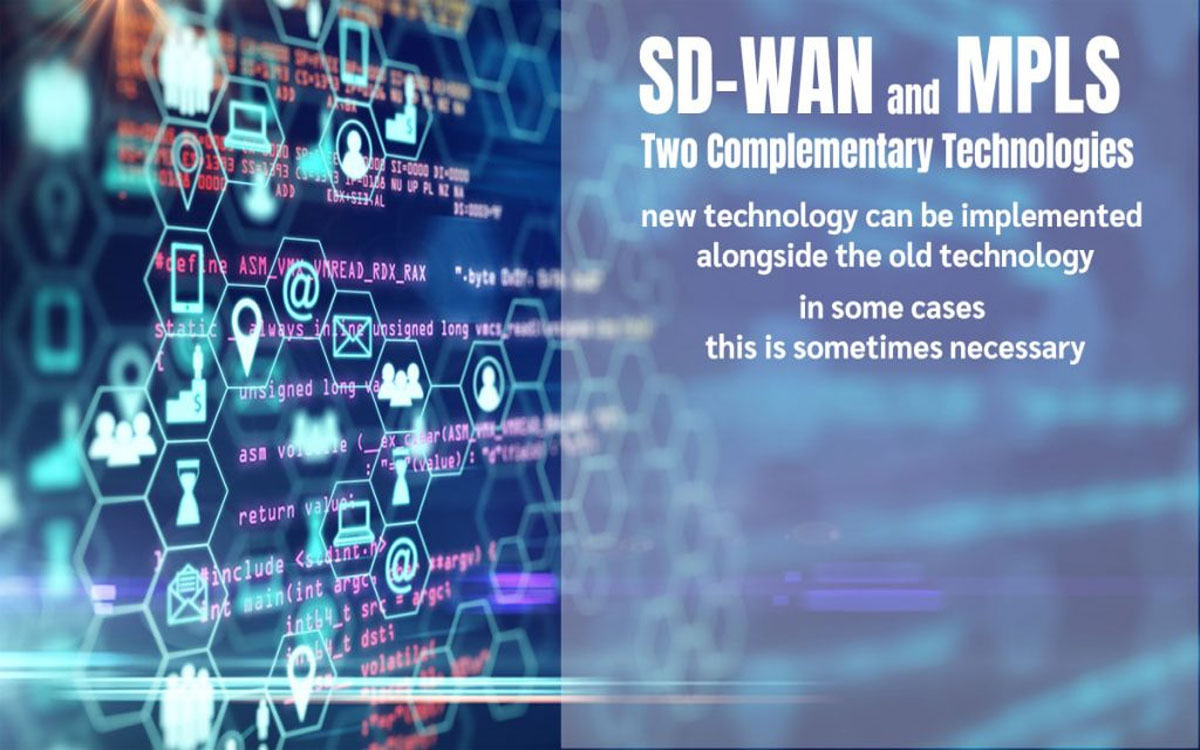In addition to improving performance, cost efficiency is often an attraction for the adoption of new technologies. Especially if the technology is said to replace old technology which has been quite expensive. However, in some cases, new technology can be implemented alongside the old technology. One example can occur with SD-WAN (Software-Defined Wide Area Networks) and MPLS (Multi-Protocol Label Switching).
MPLS is a technology used for traditional WAN, or services such as Metro Ethernet or IP-VPN. MPLS is designed to get low-latency data traffic, as well as more consistent and more stable connections. However, this technology is more expensive and complicated to manage and is only offered by certain companies.
Meanwhile, in many companies, traditional WAN (Wide Area Network) no longer meets the changing needs and conditions. Therefore, nowadays, almost all over the world, SD-WAN is the choice of many companies to upgrade their network, which offers various advantages compared to traditional WAN.
This is also supported by some research results that SD-WAN products are ready to become a mainstream technology. There are predictions that SD-WAN will displace MPLS technology on corporate networks because the adoption of SaaS (Software as a Service) cloud computing services such as Office365, Salesforce, and so on makes data traffic decentralized and no longer efficient for MPLS. However, the comparison is not very precise. Because, in reality, SD-WAN can also be used with various types of data connections, including MPLS.
SD-WAN and MPLS Can Still be the Mainstay
MPLS is known for its excellence in reliability and maintaining the quality of service (QoS). Because of this, some applications such as VoIP and other real-time applications will still require MPLS connections. Applications that require direct corporate data center connectivity (On-Premise) can also benefit from a private connection.
Another advantage, MPLS can also be the backbone of hybrid infrastructure in the form of a combination of private connections with broadband connections that use public Internet lines. The benefits of this hybrid infrastructure include increased reliability and network availability.
For other purposes, a regular Broadband Internet connection can be used and may even be more economical, fast, and efficient. In addition to MPLS, SD-WAN network products can work with various types of connections, such as broadband using optical fiber or wireless connections. Because the costs for public Internet connections are relatively cheaper, companies wishing to open new branch offices can build WAN networks quickly when using SD-WAN, without having to build private connections that may demand higher costs and higher handling complexity.












